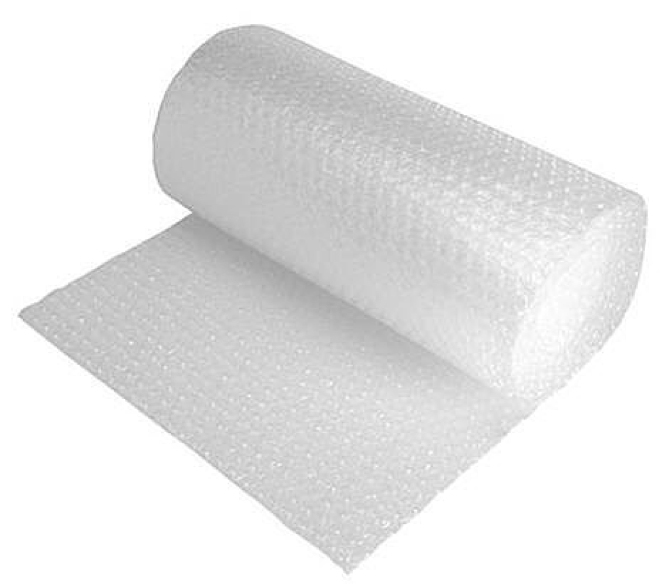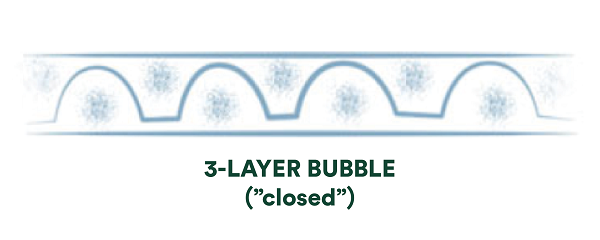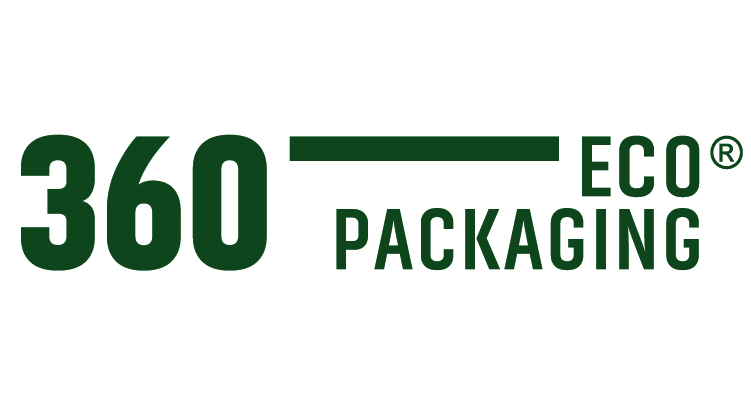In today’s post we will develop a very employed element in packaging, the alveolar film, more commonly known as bubble wrap.
This type of film can be used in the packaging of fragile and small objects, such as the packaging of parts for industrial use, as well as insulation in sectors such as construction.
This type of film is a transparent and flexible material, composed of polyethylene plastic sheets joined together by mechanical-thermal methods, which allows the formation of air bubbles, its main characteristic, these bubbles provide excellent cushioning and insulating properties.

Types of bubble film
2-layer bubble film or Simple:
This type of bubble film is composed of only two sheets of polyethylene, which makes its manufacturing process very simple.
The first film or layer used passes through a perforated cylinder that suctions it by pressure, then it is sealed with the second layer by means of heat, which creates air bubbles.


3-layer bubble film or Closed:
The 3-layer or closed bubble film is made of 3 polyethylene sheets, which makes it more resistant than the simple film.
The creation process has few differences with respect to the simple film, the fundamental difference, as its name suggests, is that a third sheet of polyethylene is added on top, creating a sort of second bubble that cushions impacts, which makes this type of plastic more resistant and improves its properties.

Characteristics of bubble film
Thickness:
Bubble film can be presented in different thicknesses measured in grams per m2
Thickness – Bubble Type
30g/m2 – Very thin bubble, more economical.
40g/m2 – Commercial bubble
50g/m2 – Standard bubble wrap and highly recommended for all packaging uses.
60g/m2 – Strong bubbles, professional use.
70g/m2 – Very strong and resistant bubble paper.
more than 80 – Extra strong, not very common in packaging.
Laminate:


How to use bubble film
One of the most common questions when packaging products with bubble film is the arrangement of the bubbles, that is, whether to put the bubble inside or outside.
We may think that it is indifferent since the order of the factors does not alter the product, but it is not.
Below, we show you two photos with two boxes packed with bubble film, one of them with the bubble facing outwards and the other facing inwards.
As we can see in the first photo in which the bubble is facing outwards, between bubble and bubble we are only protecting our product with a thin layer of flat polyethylene film, which makes the protection decreases considerably, on the other hand, the bubbles are exposed to all kinds of blows, scratches etc. and could be easily punctured.
If we look at the second photo in which the bubble film is with the bubble facing inwards, we can see that the object is completely protected and the bubbles do not run the risk of being punctured.
If we use triple-layer bubble film in our pack6aging, we would not have any of these problems, since by creating a second bubble it makes no difference how the film is placed, because a flat surface will always appear on top, with the bubbles placed underneath, which means that they are protected. The use of this type of film would have a higher cost, since it has a more complex manufacturing process.
As a final conclusion and after analyzing the honeycomb film in detail, we can see the number of possibilities offered by a product so commonly used in both industrial and domestic use, so depending on our needs we must analyze what type of film or what characteristics it should have to obtain the best results.
Wrapping up our journey through the fascinating world of bubble wrap, we hope you have discovered its importance and versatility in protecting our precious belongings.
As we reflect on the need to reduce environmental impact, let us also remember the value of reusing and recycling this material to minimize its ecological footprint. Let’s continue working together towards a sustainable future!
If you have any further questions or comments, feel free to share them. Contact us.
![]()




